For his sophomore feature, the Thai documentarian Nottapon Boonprakob changes his focus drastically. Whereas his debut “2,215” is an inspirational documentary focusing no the 55-day charity marathon run by one of Thailand's most recognisable singers, Athiwara Khongmalai, “Come and See” is about the clash between the influential non-orthodox Theravada Buddhist temple Dhammakaya and the Thai military government helmed by Prayut Chan-o-cha. The movie was shot between 2016 and 2017 when the antagonism between the two sides was at its highest and peaked in a lockdown of the temple with many a devotee inside, resulting in two deaths.
“Come and See” is Screening as Part of Asian Pop-up Cinema Season 12

Though ostensibly about the trials of the government to persecute Dhammajayo, the abbot of the Dhammakaya temple on numerous charges, from the opening quote taken from the new Constitution of Thailand, we learn that the antagonising of the school is mostly on religious and political terms. The new conservative pro-royal military government sees itself as the protector of the “true” Theravada Buddhism and as such, tries to eradicate all possible threats to the official religion of the Land of Smiles. One of these threats is Dhammakaya – one of the biggest, if not the biggest new temple in Thailand. Established in 1970 in a province next to Bangkok, near one of the biggest and most respected orthodox universities for Theravada Buddhism in Thailand, Mahachulalongkornrajavidyalaya, the temple quickly grew in numbers and influence due to its novel teachings which go against Buddhist orthodoxy. Now, it has millions of lay followers and supporters, its own TV channel, more than a hundred branches around the world, and even connections to the government of Thaksin Shinawatra, and as a consequence, to the red shirt movement.

This a type of religious antagonism frames the majority of the documentary. As we can easily from the text above and as Boonprakob makes obvious numerous times through beautifully shot talking head interviews with various Buddhist scholars, one of which is an ex-Dhammakaya monk, the temple's teachings are unorthodox to say the least. Yet, what it lacks in orthodoxy, it more than makes up in the ways it gives meaning to the lives of its believers. We see this time and again through the numerous lay Dhammakaya followers, who seem happy and earnest in their practice of meditation, abstention from alcohol, and donation. Thus, we might believe the school to be just a modernised version of Buddhism, one that tries to adapt to the contemporary society and its needs, which is hinted at towards the middle. This would be all well and dandy, though, if the charity and friendliness of the followers applied to all members of society, irrespective of their religious affiliation. But it doesn't. It seems to be aimed only towards other members of Dhammakaya. Towards everyone else, or at least towards the government and all of its representatives, they seem rather antagonistic. This, together with the maniacal dedication to the abbot and the unsettling smiles, is what brings it closer to being a cult.
Only after the middle or so, does the director introduce the other reason for the desire of the government to prosecute Dhammacayo and through this vilification of the abbot, potentially put a stop to the political and religious influence of the school in Thai society. Many of the charges against Dhammakaya are for things which are known secrets in Thai society for decades, such as money laundering, acceptance of stolen land, and forceful requests for large donations that bring many of the poorer devotees on the brink of bankruptcy. However, the junta attitude in this predicament seems to be the most fruitless possible. Instead of trying to understand the structure and dynamics of Dhammakaya, as well as the psyche of its lay and monastic members, the government just antagonises and attacks the temple, both in words and actions. This leads to the radicalisation of the followers and their decision to protect the temple and their beloved abbot in particular with their lives. Boonprakob shows this masterfully both through numerous interviews with lay devotees but also through showing us some of their conversations during the weeks they spend on temple grounds in anticipation for the police raid. This culminates in a clash between the two sides in which the supposedly pacifist members of Dhammakaya, both monastic and non-, resort to violence towards the government representatives, whom the see as evil.
Where “Come and See” sets itself apart from many other texts on the topic, including academic articles and monographs, is the fact that it neither judges its subjects, nor it takes sides. As much as that's possible, of course. nowhere in the film does Boonprakob try to tell the viewer what to think or to point any fingers towards either side, for which we have to commend him. He portrays both the government and anti-Dhammakaya scholars as well as the followers of the temple as equally correct. In their perspective, at least. They seem to side two different sides to the same thing but for whatever reasons cannot relate to or understand one another. The scholars look at the temple and its teachings only from the perspective of orthodoxy and scriptures, not the way a religion is to be lived, where as the devotees do the exact opposite. The government sees the temple as a money laundering scheme with immense political and religious authority, that is a danger to it, whereas Dhammakaya members see in the government a bunch of bullies who have taken the power illegally and push their noses where they don't belong. This is best summarised at the end of the documentary where it is said that neither sides has taken any responsibility for the people who have died during the fight between the Dhammakaya and the government and the subsequent lockdown of the temple by the police.
With its open-minded approach towards the complex antagonism between the conservative Thai military junta and the possibly cultish and undeniably corrupt Dhammakaya temple, “Come and See” makes the viewer ponder on important questions like freedom and belief, as well as the overall place of religion in contemporary society.



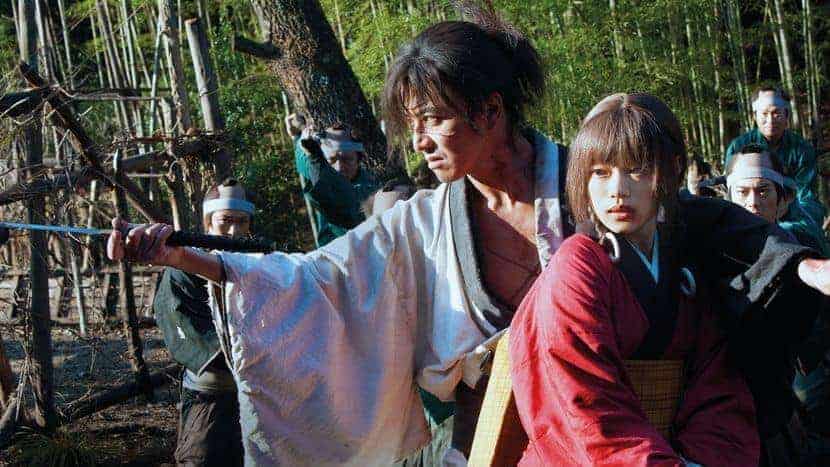
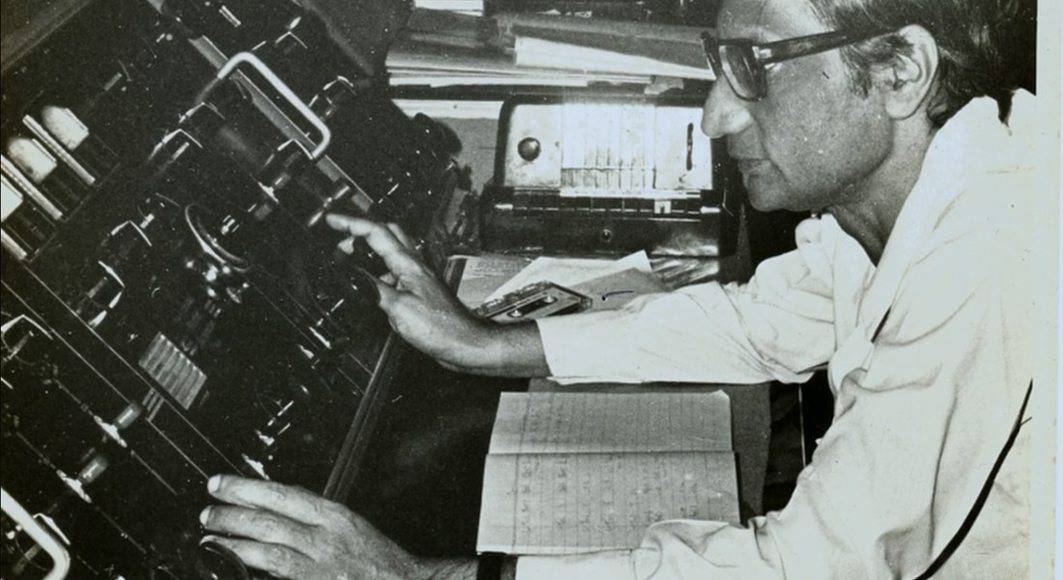

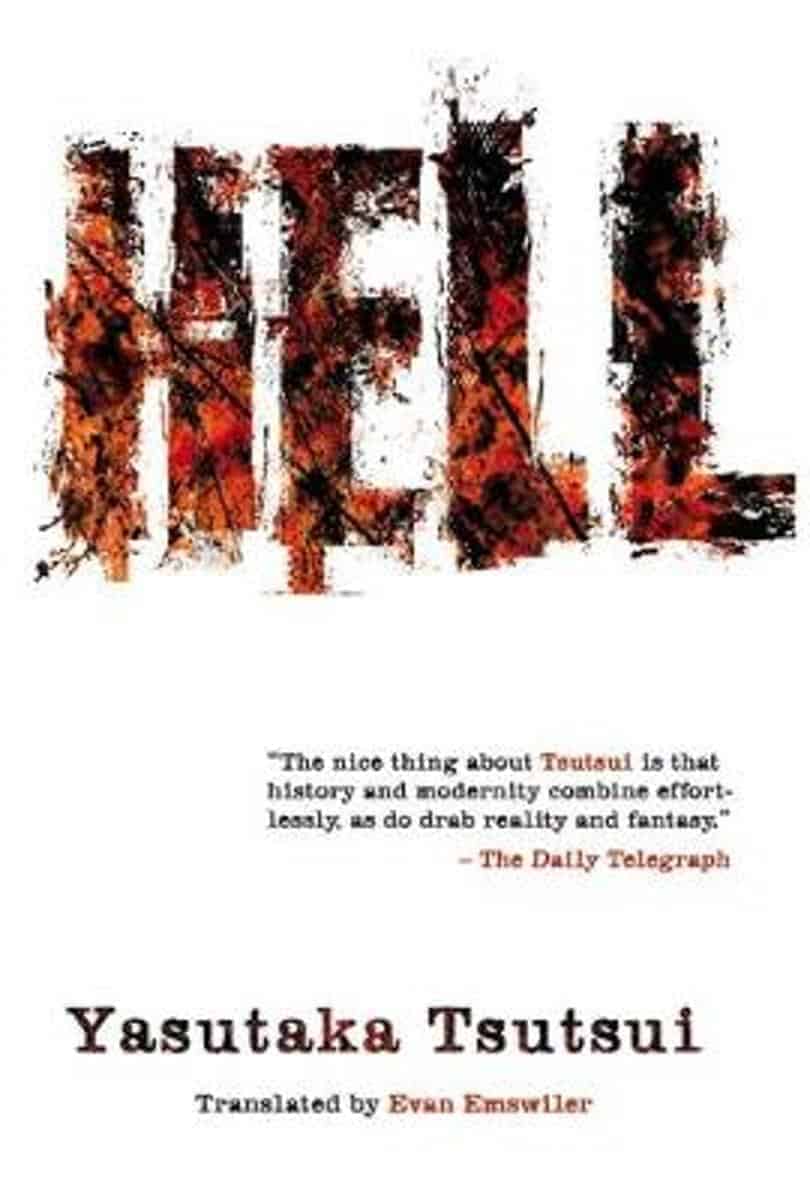
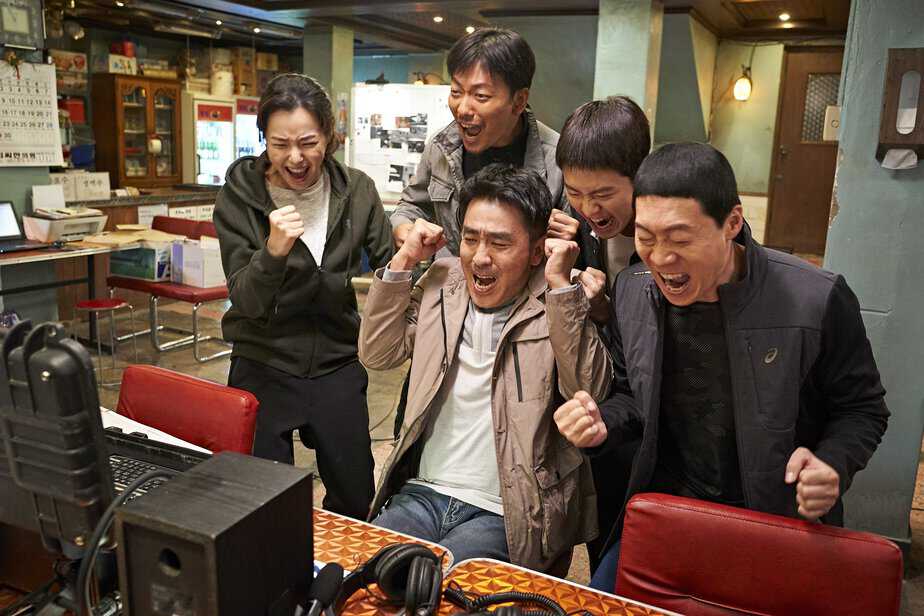
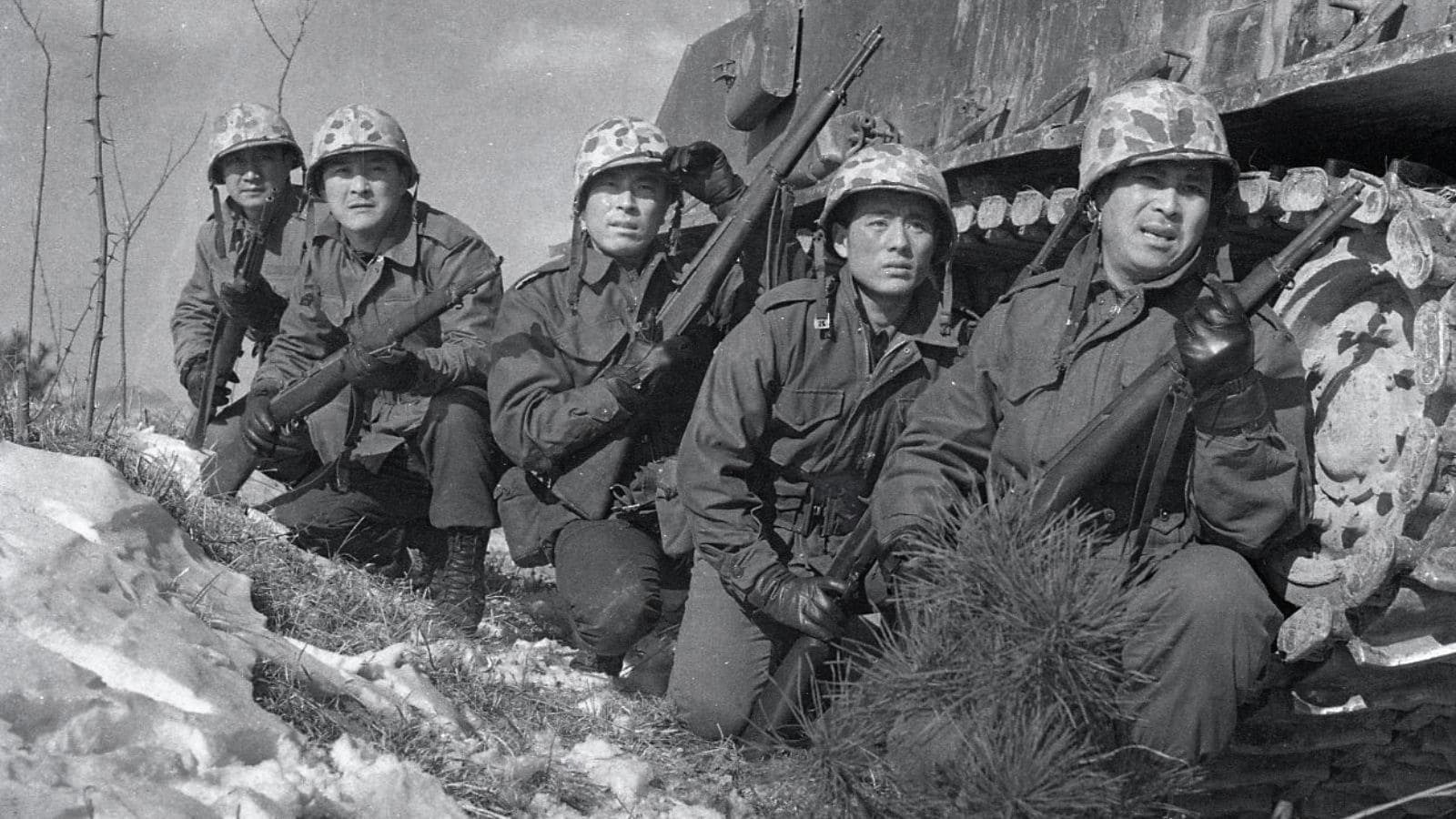







This is not the right trailer youtube link, thats another movie with the same title.
You are right of course, thank you for letting us know. It is now corrected
Hi, I’m one of the production crew of this film. Actually here is another trailer which is the official one. Is it possible to change to this link instead? Thank so much!
https://www.youtube.com/watch?v=lgC9TQrK3Wg
Where can we watch this?
Unfortunately, at the moment, it does not seem to be available somewhere